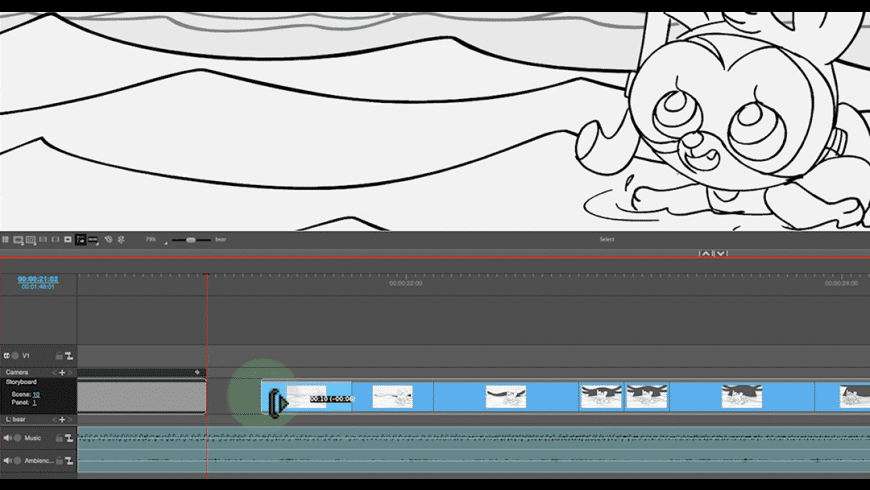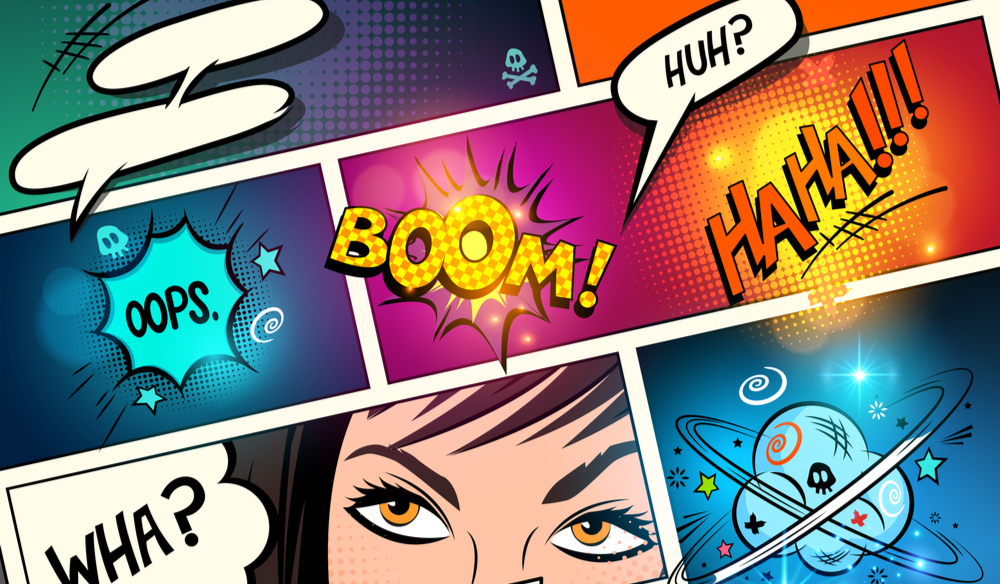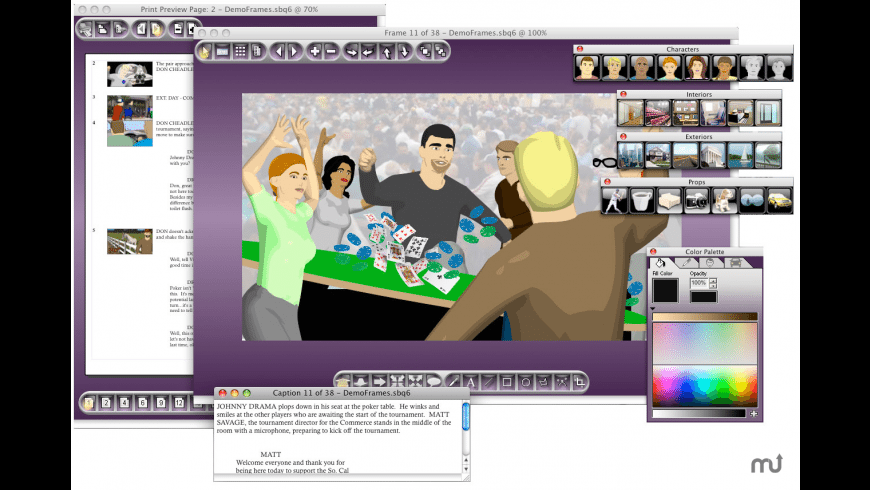Free Storyboard App Mac

The Interface Builder editor within Xcode makes it simple to design a full user interface without writing any code. Simply drag and drop windows, buttons, text fields, and other objects onto the design canvas to create a functioning user interface.
Because Cocoa and Cocoa Touch are built using the Model-View-Controller pattern, it is easy to independently design your interfaces, separate from their implementations. User interfaces are actually archived Cocoa or Cocoa Touch objects (saved as .nib files), and macOS and iOS will dynamically create the connection between UI and code when the app is run.
Storyboards
Storyboard That's online Storyboard Creator makes amazing visuals & graphic organizers for digital storytelling. Create storyboards, comics, posters, & more! Create storyboards with our free storyboard software! Filmmakers, teachers, students, & businesses all love using Storyboard That for storyboarding & comics online. Download this app from Microsoft Store for Windows 10, Windows 8.1. See screenshots, read the latest customer reviews, and compare ratings for Storyboard Animations.
A complete iOS app is composed of multiple views through which the user navigates. The relationships between these views are defined by storyboards, which show a complete view of your app’s flow. Interface Builder’s storyboard designer makes it easy to create and design new views, and chain them together to create a complete user interface that’s ready for your custom code.
Xcode includes storyboard controllers for:

- Table View Controller
- Collection View Controller
- Navigation Controller
- Tab Bar Controller
- Page View Controller
- GLKit View Controller
- Or build your own
Assistant
Open the Assistant when editing your Storyboard or .xib file to quickly connect UI controls to the code that implements their behavior. If you don’t have the code written yet, Xcode will offer to create the stub for the action (method to launch) or outlet (variable to hold data) that will provide the logic for your interface.
Auto Layout

Both iOS and macOS include a powerful layout system called Auto Layout, with excellent support built in to Interface Builder. Auto Layout is based on the idea that each object in your interface can define a constraint to control how it reacts to the parent view and other interface controls. For example, you can prioritize whether a button stays a specific size or expands to accommodate larger text when displaying a different language.
Interface Builder can automatically create all your constraints for you, ensuring a set of compatible rules. You can also take direct control of constraints to define the exact priority of each, defining how your app will work on different screen sizes, when rotated, or when run in new locales.
Preview

Use the Preview mode to quickly view your interface in a variety of situations without having to run your app, dramatically speeding up the iterative design process. You can view your app in portrait or landscape format, on a previous version of iOS, on different screen sizes, and more.
Important:This document may not represent best practices for current development. Links to downloads and other resources may no longer be valid.
A storyboard is a visual representation of the user interface of an iOS application, showing screens of content and the connections between those screens. A storyboard is composed of a sequence of scenes, each of which represents a view controller and its views; scenes are connected by segue objects, which represent a transition between two view controllers.
Xcode provides a visual editor for storyboards, where you can lay out and design the user interface of your application by adding views such as buttons, table views, and text views onto scenes. In addition, a storyboard enables you to connect a view to its controller object, and to manage the transfer of data between view controllers. Using storyboards is the recommended way to design the user interface of your application because they enable you to visualize the appearance and flow of your user interface on one canvas.

A Scene Corresponds to a Single View Controller and Its Views
On iPhone, each scene corresponds to a full screen’s worth of content; on iPad, multiple scenes can appear on screen at once—for example, using popover view controllers. Each scene has a dock, which displays icons representing the top-level objects of the scene. The dock is used primarily to make action and outlet connections between the view controller and its views.
As with all objects loaded from a story board, to finish initializing a view controller loaded from a storyboard you override awakeFromNib.
A Segue Manages the Transition Between Two Scenes
You can set the type of transition (for example, modal or push) on a segue. Additionally, you can subclass a segue object to implement a custom transition.
You can pass data between scenes with the method prepareForSegue:sender:, which is invoked on the view controller when a segue is triggered. This method allows you to customize the setup of the next view controller before it appears on the screen. Transitions usually occur as the result of some event, such as a button being tapped, but you can programmatically force a transition by calling performSegueWithIdentifier:sender: on the view controller.
Related Articles
Linux Storyboard Software
Storyboard 3d Software
Copyright © 2018 Apple Inc. All Rights Reserved. Terms of Use | Privacy Policy | Updated: 2018-04-06